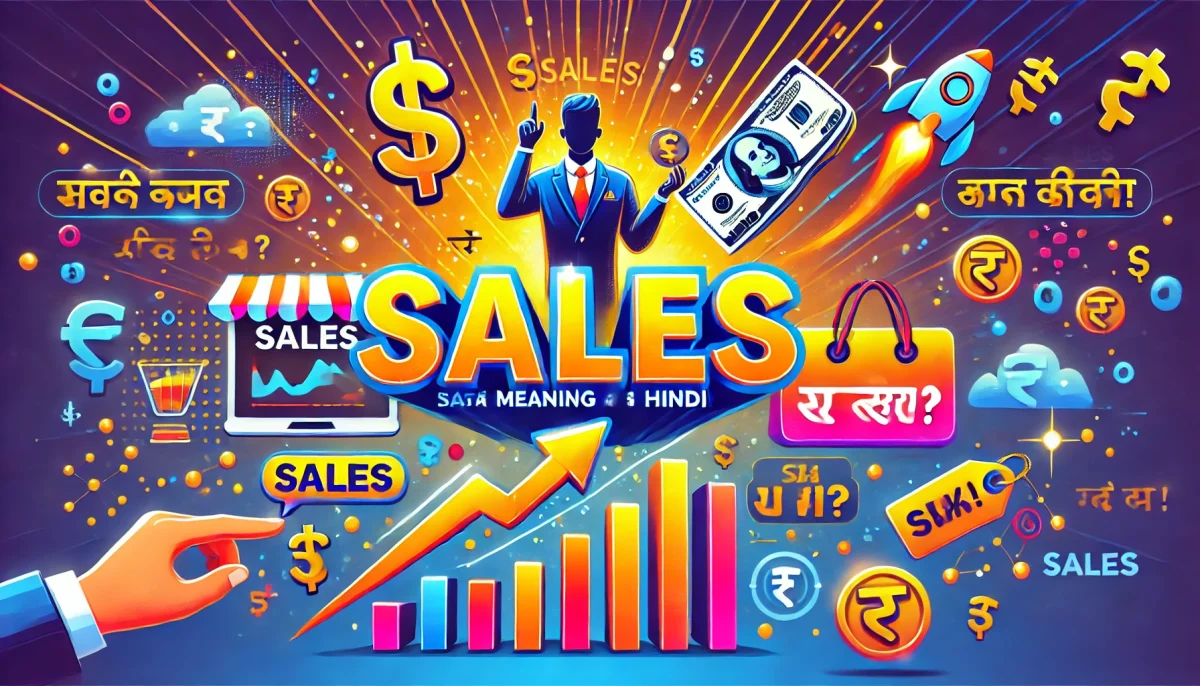In today’s world, small businesses are always looking for smart, low-cost ways to attract regular customers. One great way is local influencer marketing. Unlike big celebrities who charge a lot of money, local influencers are much more affordable, trustworthy, and more effective. In this blog, we will learn about local influencer marketing.
ADVANTAGES OF LOCAL INFLUENCER MARKETING
A. CHEAP
One of the biggest reasons local influencer marketing is great for small businesses is because it’s much more affordable. Some influencers (with 10k–50k followers) might charge ₹4,000 to ₹40,000 per post, while others (under 10k followers) may even collaborate for free products or small perks. On the other hand, ads on Google or Facebook are getting costlier and don’t always work as well.
B. TRUST AND ENGAGEMENT
Local influencers have a close connection with their followers. Their audience trusts them, and when they recommend something, people actually listen. So, if they talk about your business, their followers are more likely to visit your store or check you out online.
C. RIGHT TARGET AUDIENCE
Instead of showing ads to random people across the country, local influencer marketing lets you connect with people who live near your shop or service area. This is super useful for places like cafés, gyms, salons, or local stores that rely on nearby customers.
D. INCREASES REACH
When influencers tag your location or mention your business online, it improves your visibility on Google and social media. This makes it easier for new people nearby to find your business online.
2. HOW TO FIND RIGHT INFLUENCERS
A. CHOOSE A PLATFORM
Use of social media varies from place to place. The audience goes to different platforms for varying purposes. Use social media platforms that match your business type:
- Instagram – Great for food, beauty, fashion. Use hashtags or location tags.
- Facebook Groups – Search for groups that match the purposes like support groups, fitness groups etc.
- YouTube – Ideal for longer videos or reviews.
B. CHOOSE THE RIGHT INFLUENCER
Pick someone with real engagement and not just followers. Their audience should be similar to your target customers, and their content should feel real and interactive. It is advantageous if they’ve worked with other small businesses before.
3. WAYS TO WORK WITH INFLUENCERS
A. Free or Low-Cost Deals
You can often work with influencers just by offering free products or services. You can also give discount codes for their followers and track how many people used them. Hosting a small event and inviting influencers is another affordable way to create buzz.
B. Paid Collab (Still Not Too Costly)
Even if you pay, it’s still budget-friendly. An Instagram Story might cost ₹1,500–₹8,000. Reels usually range from ₹4,000–₹40,000. A blog post from a trusted local influencer can cost ₹8,000–₹25,000 but is great for long-term trust and Google ranking.
C. Long-Term Partnerships Work Best
Instead of a one-time post, try long-term deals. For example, offer three posts a month at a discounted rate. This builds stronger trust with their audience and feels more real.
CONCLUSION
Local influencer marketing is a smart, affordable way for small businesses to grow. By teaming up with trusted, relatable voices in your area, you can reach the right people, and build real trust without spending huge amounts. Local influencer marketing gives small businesses the chance to shine and succeed on their own terms.





